We froze last night in our casita. There was a heater but it sounded like a 747 taking off when it was operating and so we could choose to stay awake because of noise or cold. We chose cold, reasoning that we could keep each other warm, but it wasn't to be. Hopi tried his best to keep us warm but his bony little body just got in the way!
After packing up again (we are getting good at this particular feat) we headed to Dead Horse Point National Park, the only one in the area that is pet-friendly, as it looked interesting in the brochures. It is about 30 miles from Moab and even the drive is dramatic. The sun was shining and the blue of the sky created an amazing backdrop for the red sandstone cliffs, canyons and mesas that surround the region. We've been to Arizona before and seen similar canyon structures, but these are different and in many ways I find them even more awe-inspiring in a different way that is hard to explain. When we drove to the Dead Horse Point itself and hiked around the rim of this narrow peninsula in the sky, we both felt that somehow we needed to speak in whispers; the 360 degree vistas really took our breath away. Photographs can never do justice to places like this. I have a very hard time trying to convey a sense of depth and height in photos but we tried nonetheless, knowing that we were shooting in the midday sun, the very worst kind of light.
Hopi was in his element. He is named after the Hopi native American tribe who inhabit the Arizona mesas, and somehow he feels right at home clambering over the rocks. The sun shone but it was still only 48 degrees. Definitely the high, cool desert, but one in which it is still easy to get sunburned, as I realize now. fortunately it is just the back of my neck that got caught - I was wearing a hat, more for warmth than sun protection, but it stopped my balding pate from turning lobster-colored!
Returning to Moab we had two wineries to visit. Actually these are the ONLY two wineries in the state and they are about 20 miles apart. Wine making in Utah has an interesting history. The federal government at one time had provided grants for people to start growing grapes as part of an economic development venture. The enterprising people who did so soon found themselves embroiled in a battle with the State of Utah who would not let them sell the wine because of the predominant religion in Utah, Mormonism. The Church of Latter Day Saints is opposed to alcohol consumption and so there followed a number of years of lobbying and changes in administration until finally in the late 90s, winemaking could be licensed. Although there are about 8 licenses in the State, there are only two producing wineries, Spanish Valley Vineyards, just South of Moab, and Castle Creek Winery about 14 miles east.
I met with Will, the winemaker at Castle Creek where we are staying and he was kind enough to show me around. They are making about 14,000 gallons of wine per year mostly from fruit that they purchase from growers in Utah and Colorado (actually from around the Palisade area where we were yesterday). They have a small vineyard on site also but this is relatively insignificant in the scheme of things. About half of his wine is sold from the winery (which is attached to a very nice lodge where we are staying tonight) and the rest is sold to the State of Utah who control the sale in what is effectively a "one-tier" system. It seems that Utah still has a lot of power over who makes, sells and consumes any type of alcohol.
Of the wines i tasted, I enjoyed the straightforward, off-dry Lily Rose white. This is an easy drinking blend which seems to change each year based on what is available. The wines are not vintage labeled (because of the cost or creating new labels each year) but those that I tasted were all 2009. The previous year had been a disaster for Utah and Colorado wineries who suffered from a lot of storm damage. The 2009 was well balanced with a good amount of acidic backbone and floral bouquet that came from the Orange Muscat in the blend. It has won a number of medals in national competitions and at just $9.95 a bottle, this was a good quaffing wine.
The reds are also good. The Outlaw Red is well made and is a blend of Cabernet Sauvignon and Syrah from the vineyards on property. This had structure and length and deserves a wider audience.
Castle Creek is the first and oldest of the two wineries and since 2002 have produced over 30 medal winning wines. Will is thrilled to have just bought a very expensive bottling machine from Italy that will make their production process much easier.
At Spanish Valley Winery, I met with Stacy Dezelsky, the winemaker. She and her husband, Cory produce some fine wines that are almost all made with Utah grown grapes, including Gewurtztraminer, Syrah and Cabernet Sauvignon from their own vineyards. Stacy learned her winemaking skills in St. Helena, California and Hawks Bay, New Zealand and she really knows what she is doing. Her wines are serious beverages that are made with as little intervention as possible from the winemaker. Stacy says that she grows wine, she doesn't make them. This is the philosophy of the greatest domaines and wineries in the world, where the quality of the wine begins in the vineyard which is ultimately where the character of the wine originates. Terroir.
I unhesitatingly bought a bottle of Stacy's Cabernet Sauvignon which she admits is her "baby". At $16.95 it is still remarkable value for the quality but was the most expensive wine in the portfolio that includes Chardonnay (not from local grapes), Gewurtztraminer and Syrah. Stacy only sells her wines out of the tiny winery and admits she doesn't do a great job of marketing her products. I urge you to visit her, however, if you are ever in the Moab area. The wines are stellar.
Tomorrow we head to who knows where. It will be the first night without a reservation or planned destination. We'll see how that goes!
After packing up again (we are getting good at this particular feat) we headed to Dead Horse Point National Park, the only one in the area that is pet-friendly, as it looked interesting in the brochures. It is about 30 miles from Moab and even the drive is dramatic. The sun was shining and the blue of the sky created an amazing backdrop for the red sandstone cliffs, canyons and mesas that surround the region. We've been to Arizona before and seen similar canyon structures, but these are different and in many ways I find them even more awe-inspiring in a different way that is hard to explain. When we drove to the Dead Horse Point itself and hiked around the rim of this narrow peninsula in the sky, we both felt that somehow we needed to speak in whispers; the 360 degree vistas really took our breath away. Photographs can never do justice to places like this. I have a very hard time trying to convey a sense of depth and height in photos but we tried nonetheless, knowing that we were shooting in the midday sun, the very worst kind of light.
Hopi was in his element. He is named after the Hopi native American tribe who inhabit the Arizona mesas, and somehow he feels right at home clambering over the rocks. The sun shone but it was still only 48 degrees. Definitely the high, cool desert, but one in which it is still easy to get sunburned, as I realize now. fortunately it is just the back of my neck that got caught - I was wearing a hat, more for warmth than sun protection, but it stopped my balding pate from turning lobster-colored!
Returning to Moab we had two wineries to visit. Actually these are the ONLY two wineries in the state and they are about 20 miles apart. Wine making in Utah has an interesting history. The federal government at one time had provided grants for people to start growing grapes as part of an economic development venture. The enterprising people who did so soon found themselves embroiled in a battle with the State of Utah who would not let them sell the wine because of the predominant religion in Utah, Mormonism. The Church of Latter Day Saints is opposed to alcohol consumption and so there followed a number of years of lobbying and changes in administration until finally in the late 90s, winemaking could be licensed. Although there are about 8 licenses in the State, there are only two producing wineries, Spanish Valley Vineyards, just South of Moab, and Castle Creek Winery about 14 miles east.
I met with Will, the winemaker at Castle Creek where we are staying and he was kind enough to show me around. They are making about 14,000 gallons of wine per year mostly from fruit that they purchase from growers in Utah and Colorado (actually from around the Palisade area where we were yesterday). They have a small vineyard on site also but this is relatively insignificant in the scheme of things. About half of his wine is sold from the winery (which is attached to a very nice lodge where we are staying tonight) and the rest is sold to the State of Utah who control the sale in what is effectively a "one-tier" system. It seems that Utah still has a lot of power over who makes, sells and consumes any type of alcohol.
Of the wines i tasted, I enjoyed the straightforward, off-dry Lily Rose white. This is an easy drinking blend which seems to change each year based on what is available. The wines are not vintage labeled (because of the cost or creating new labels each year) but those that I tasted were all 2009. The previous year had been a disaster for Utah and Colorado wineries who suffered from a lot of storm damage. The 2009 was well balanced with a good amount of acidic backbone and floral bouquet that came from the Orange Muscat in the blend. It has won a number of medals in national competitions and at just $9.95 a bottle, this was a good quaffing wine.
The reds are also good. The Outlaw Red is well made and is a blend of Cabernet Sauvignon and Syrah from the vineyards on property. This had structure and length and deserves a wider audience.
Castle Creek is the first and oldest of the two wineries and since 2002 have produced over 30 medal winning wines. Will is thrilled to have just bought a very expensive bottling machine from Italy that will make their production process much easier.
At Spanish Valley Winery, I met with Stacy Dezelsky, the winemaker. She and her husband, Cory produce some fine wines that are almost all made with Utah grown grapes, including Gewurtztraminer, Syrah and Cabernet Sauvignon from their own vineyards. Stacy learned her winemaking skills in St. Helena, California and Hawks Bay, New Zealand and she really knows what she is doing. Her wines are serious beverages that are made with as little intervention as possible from the winemaker. Stacy says that she grows wine, she doesn't make them. This is the philosophy of the greatest domaines and wineries in the world, where the quality of the wine begins in the vineyard which is ultimately where the character of the wine originates. Terroir.
I unhesitatingly bought a bottle of Stacy's Cabernet Sauvignon which she admits is her "baby". At $16.95 it is still remarkable value for the quality but was the most expensive wine in the portfolio that includes Chardonnay (not from local grapes), Gewurtztraminer and Syrah. Stacy only sells her wines out of the tiny winery and admits she doesn't do a great job of marketing her products. I urge you to visit her, however, if you are ever in the Moab area. The wines are stellar.
Tomorrow we head to who knows where. It will be the first night without a reservation or planned destination. We'll see how that goes!
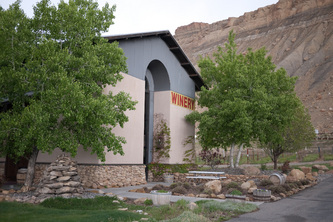
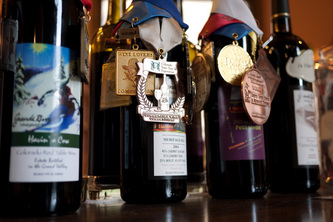
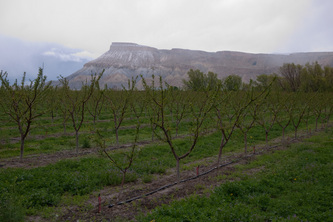
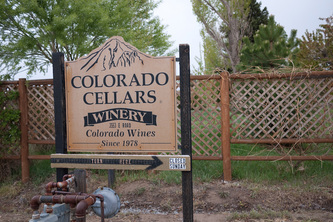
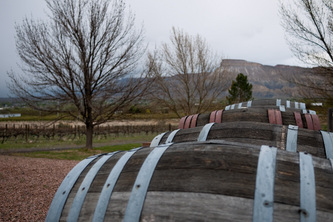
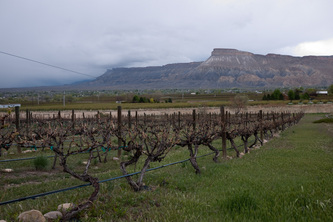
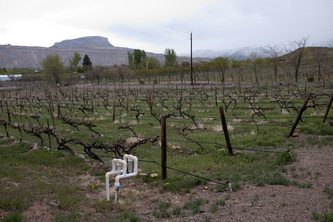
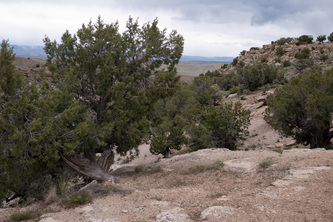
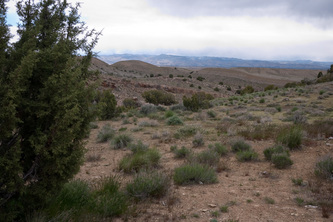
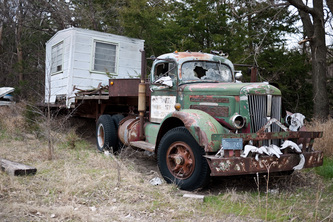
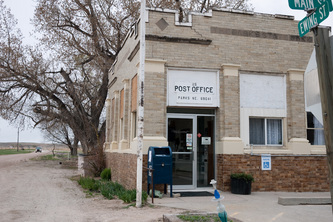
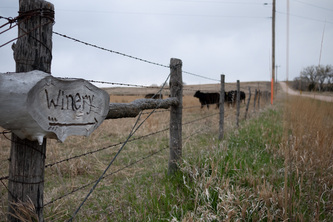
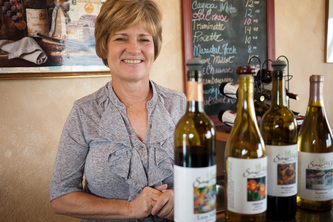
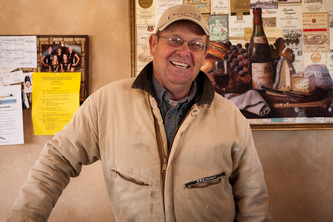
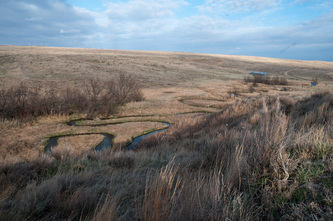
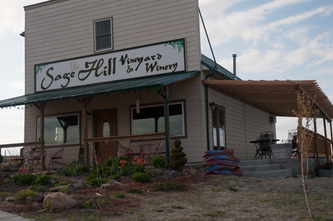
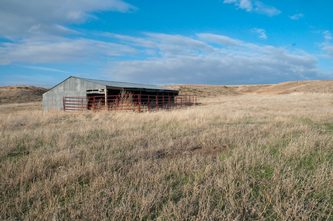
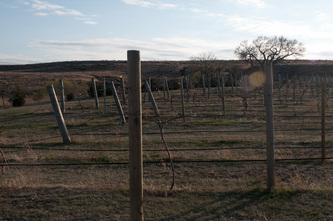
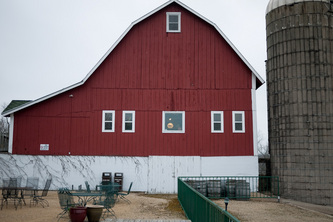
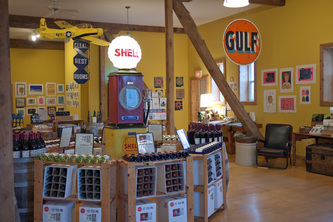
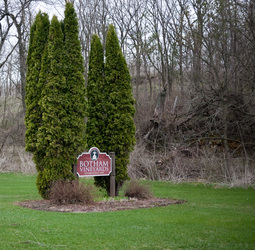
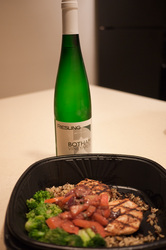
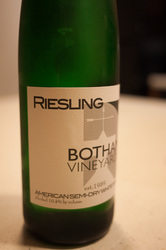
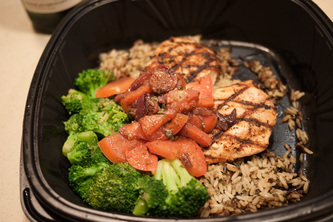

 RSS Feed
RSS Feed
